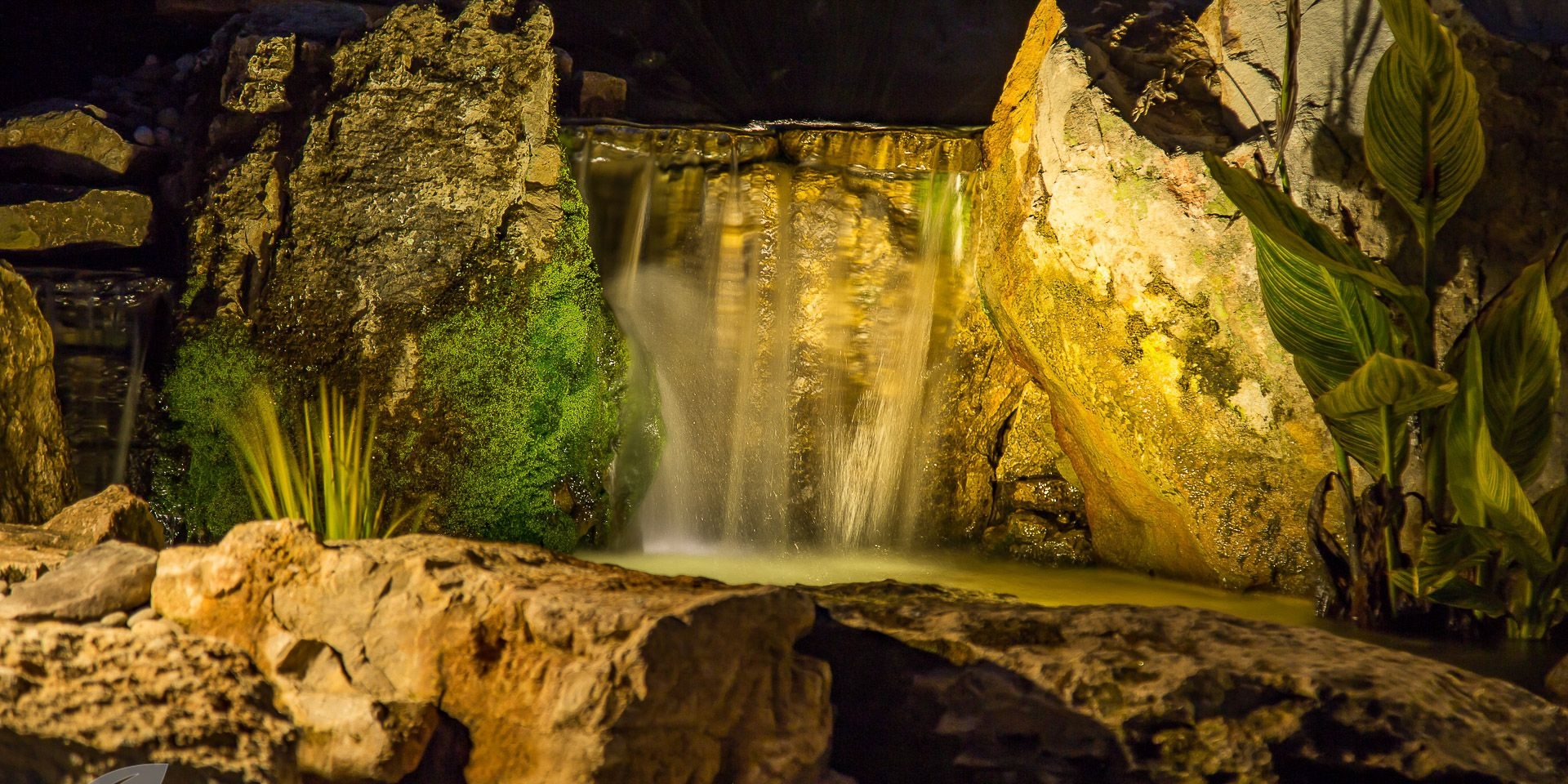
Up Lighting
Up Lighting is used to highlight a tree or other feature, to provide a dramatic effect, especially with flowering or specimen plant material.
Niche Lighting
Niche Lighting is used to illuminate areas such as decks, entranceways, and gazebos where the fixture must be attached to a structure.
Mirror Lighting
Mirror Lighting is used to take advantage of the reflective surface of water features and create dramatic scenes.
Cross Lighting
Cross Lighting is used to define surface texture instead of flattening effect when using a single front light.
Wall Washing
Wall Washing is used to provide an even illumination on walls.
Wall WashingWall Washing is used to provide a lit surface that acts as a backdrop for unlit plant material or other features.
Shadowing
Shadowing is used to create interesting shadows on walls.
Path Lighting
Path Lighting is used to light planting beds and paths, as well as to provide seamless transition between lighting scenes.
Grazing
Grazing is used to provide a steeply angled light to accentuate texture on walls and tree trunks by utilizing the irregular surface to create broken shadows and irregular patterns.
Back Lighting
Back Lighting is used to provide illumination around the edges of an object, thereby emphasizing its shape.
Moon Lighting
Moon Lighting is used to provide soft natural lighting over large areas, serves as an ideal transition connecting different lighting scenes together and eliminating black holes from the project.
Down Lighting/Step Lighting
Down Lighting/Step Lighting is used to illuminate steps
